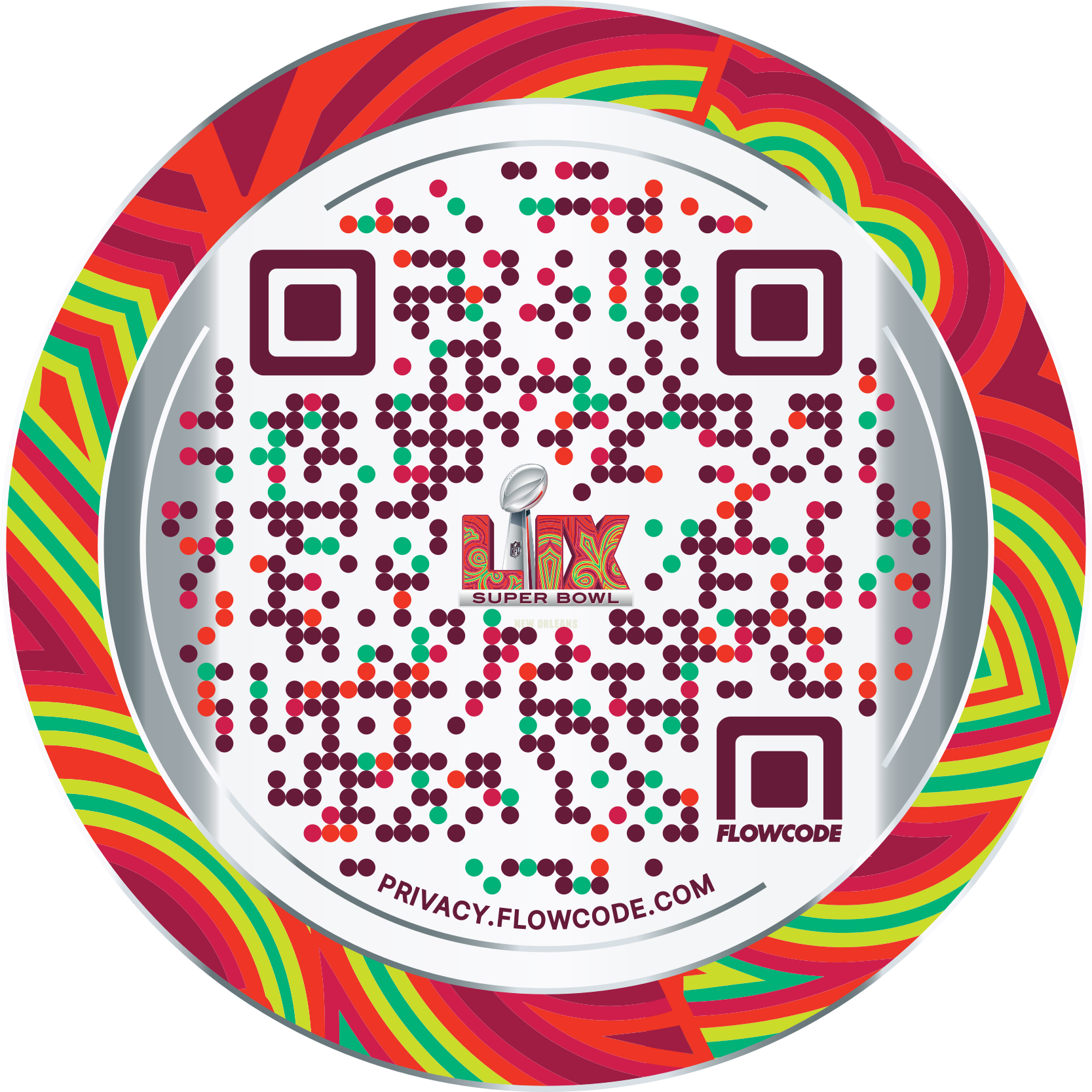The Rise of Interactive Big Game Ads: Engaging Viewers Beyond the Screen

.png)
The Big Game has long been the most coveted stage for advertisers, drawing millions of viewers eager for both the game and the commercials. Traditionally, ads were a one-way communication: brands delivered their messages in 30 seconds, hoping to leave a lasting impression through humor, drama, or celebrity appeal. But the game has changed. Today’s viewers want more than passive entertainment—they want to engage and interact. This is the era of interactive Big Game ads, where brands creatively connect with audiences beyond the screen.
Traditional Big Game ads: The one-way street
In the early days of Big Game advertising, brands relied on television ads to make their mark. Memorable campaigns like Apple’s "1984" ad and Coca-Cola’s "Mean Joe Green" became cultural touchpoints, but they were built on passive engagement. Brands pushed out content, and audiences received it without any involvement.
This approach worked for decades, but the rise of smartphones, social media, and streaming platforms led to significant changes in how people interact with content. Consumers no longer wanted to sit back and passively absorb ads; they wanted to engage in real time, share their opinions, and participate in the narrative.
The shift to interactive Big Game ads
Interactive advertising took off when marketers realized they could leverage second screens—smartphones, tablets, and laptops—to engage viewers in real time. These ads are no longer just about the 30-second TV spot; they create immersive, multi-platform experiences that extend far beyond the living room. With Super Bowl spending on an upward trend, according to the latest figures from the National Retail Federation, brands are investing more to make these experiences impactful.

These ads invite audiences to do more than just watch. Viewers are encouraged to scan QR codes, vote on outcomes, participate in challenges, and use augmented reality (AR) to engage with the brand on a deeper level.
Enter first-party data: personalizing the experience
One of the most powerful benefits of interactive ads is the ability to capture first-party data directly from consumers. Unlike traditional ads, which offer limited insights into audience behavior, interactive ads—especially those involving QR codes, online voting, or gamified experiences—create valuable opportunities for firsthand data collection. This shift allows brands to engage viewers while gathering insights that enhance future campaigns and deepen personalization.
When viewers scan a Flowcode during a Big Game ad, they’re not just engaging with the brand in real-time—they’re providing meaningful data about preferences, behaviors, and demographics. This first-party data is crucial for delivering hyper-personalized experiences. Flowcode’s advanced analytics platform tracks engagement at every step, giving brands a detailed view of customer journeys to optimize future strategies. Additionally, with Flowcode's geo-smart rules, brands can deliver different content based on the viewer's location by utilizing FlowID. This level of location-based customization further personalizes interactions, enhancing the overall consumer
Real-world example: Planters’ interactive Big Game ad
Flowcode partnered with VaynerMedia to create an interactive, measurable experience during Planters' Super Bowl ad. By incorporating Flowcode’s advanced technology, viewers could engage with extended content, providing Planters with valuable insights. The results were impressive: 76% of scanners viewed additional content, while 45% opted into real-time geo-targeting, offering household-level insights.

Robbie Koons, Planters’ Brand Manager, noted, "The ability to use Flowcode insights to track which creative assets drive the most engagement and where geographically consumers are is incredibly valuable. It allows us to optimize in real-time and better engage with our consumers and fans on future initiatives."
The power of first-party data for marketers
First-party data has become a critical asset for brands in today’s privacy-centric world. Unlike third-party data, which is often aggregated and anonymous, first-party data is collected directly from users who willingly engage with your brand. This makes it more accurate, compliant with data privacy regulations, and invaluable for personalizing marketing efforts, including retargeting.
Interactive Big Game ads provide an opportunity to build a data-rich ecosystem, where each engagement point—whether it's scanning a QR code, entering a contest, or interacting with AR content—becomes a data touchpoint. This data not only helps brands understand their audience more deeply but also enables them to implement effective retargeting strategies, refining messaging to meet the exact needs and preferences of their customers.
In the age of ad blockers and declining third-party data, first-party data gives brands a powerful competitive advantage. It helps them create tailored, relevant content that resonates with individual consumers, leading to higher engagement rates, more effective retargeting, and better return on ad spend (ROAS).
Key examples of interactive Big Game ads
Interactive Big Game ads have quickly gained traction, with some of the world’s biggest brands leading the charge. Here are a few standout examples of how advertisers have successfully incorporated interactive elements into their campaigns.
- Tide’s #LaundryLater Campaign (2021)
Tide’s #LaundryLater campaign brilliantly combined traditional advertising with social media engagement. The premise was simple: don’t do laundry now, enjoy the game, and save the laundry for later. Tide encouraged viewers to tweet #LaundryLater for a chance to win a year’s supply of Tide products. This interactive campaign drew viewers into a social conversation, extending the life of the ad beyond the game itself.

- Pepsi’s Halftime Show Integration
Pepsi’s integration of the Halftime Show into its advertising strategy is another excellent example of interactive engagement. Pepsi used social media platforms and apps to enhance viewer participation during the live performance. Viewers could access behind-the-scenes content, vote on setlists, and even interact with performers via live social media interactions. This multi-platform approach turned the halftime show into a fully immersive experience.

- Mountain Dew’s Major Melon Challenge (2021)
Mountain Dew’s interactive ad for Major Melon was a brilliant example of gamification. The ad featured a contest in which viewers had to count the number of bottles shown during the commercial. Participants were then asked to tweet their guesses for a chance to win $1 million. This approach not only captivated viewers but also encouraged real-time engagement, social sharing, and brand recall long after the ad aired.

The technology behind interactive ads
The rise of interactive ads wouldn’t be possible without the technological advancements that allow brands to connect with viewers in real-time. Here’s a closer look at the key technologies that are empowering this shift.
- QR Codes: Bridging TV and Digital Engagement
QR codes, particularly Flowcode, have become a popular tool in Big Game advertising because they provide an easy way for viewers to interact with brands. A simple scan of a Flowcode can direct users to a brand’s website, app, or social media page, making it easy to extend the brand’s reach beyond the 30-second spot. - Augmented Reality (AR) and Virtual Reality (VR)
AR and VR are creating entirely new ways for brands to engage with Big Game viewers. Brands are incorporating AR filters, virtual product demonstrations, and immersive experiences that allow viewers to interact with the ad in real time. These technologies blur the line between the physical and digital worlds, creating a more engaging experience. - Real-Time Data Analytics
Real-time data analytics is a game-changer for interactive ads. Brands can track viewer interactions as they happen, gaining instant insights into which elements of the ad are most engaging. Platforms like Flowcode provide detailed analytics, showing scan rates, time of engagement, and geographical data, enabling brands to quickly adapt and optimize their campaigns.
The future of interactive Big Game ads
As technology continues to evolve, so too will the potential for interactive Big Game ads. Here are a few trends to watch for in the coming years:
- Increased Personalization: With the wealth of first-party data collected through interactive ads, brands will be able to create personalized interactive experiences tailored to individual viewers.
- More Gamification: Expect to see more interactive elements that involve competition, rewards, and audience participation.
- Deeper Integration with AI: Artificial intelligence will play a larger role in creating personalized, real-time interactions with viewers.
- Augmented Reality and Virtual Reality: AR and VR will become more commonplace, offering immersive brand experiences during the Big Game.
- Web3 and Blockchain Technology: As Web3 technology develops, interactive ads could incorporate NFTs, cryptocurrency rewards, and decentralized platforms.
The new frontier of viewer engagement
The rise of interactive Big Game ads marks a significant shift in how brands engage with their audience. No longer are the days of content with passive viewership. Today’s consumers want to participate, engage, and share their experiences in real time. With the help of Flowcode, augmented reality, and gamification, interactive ads are transforming the Big Game into a multi-platform event that extends far beyond the 30-second TV spot.
As brands continue to experiment with new technologies and interactive formats, one thing is clear: the future of Big Game advertising lies in engaging viewers beyond the screen.
Connect to unlock a personalized demo


































.png)
















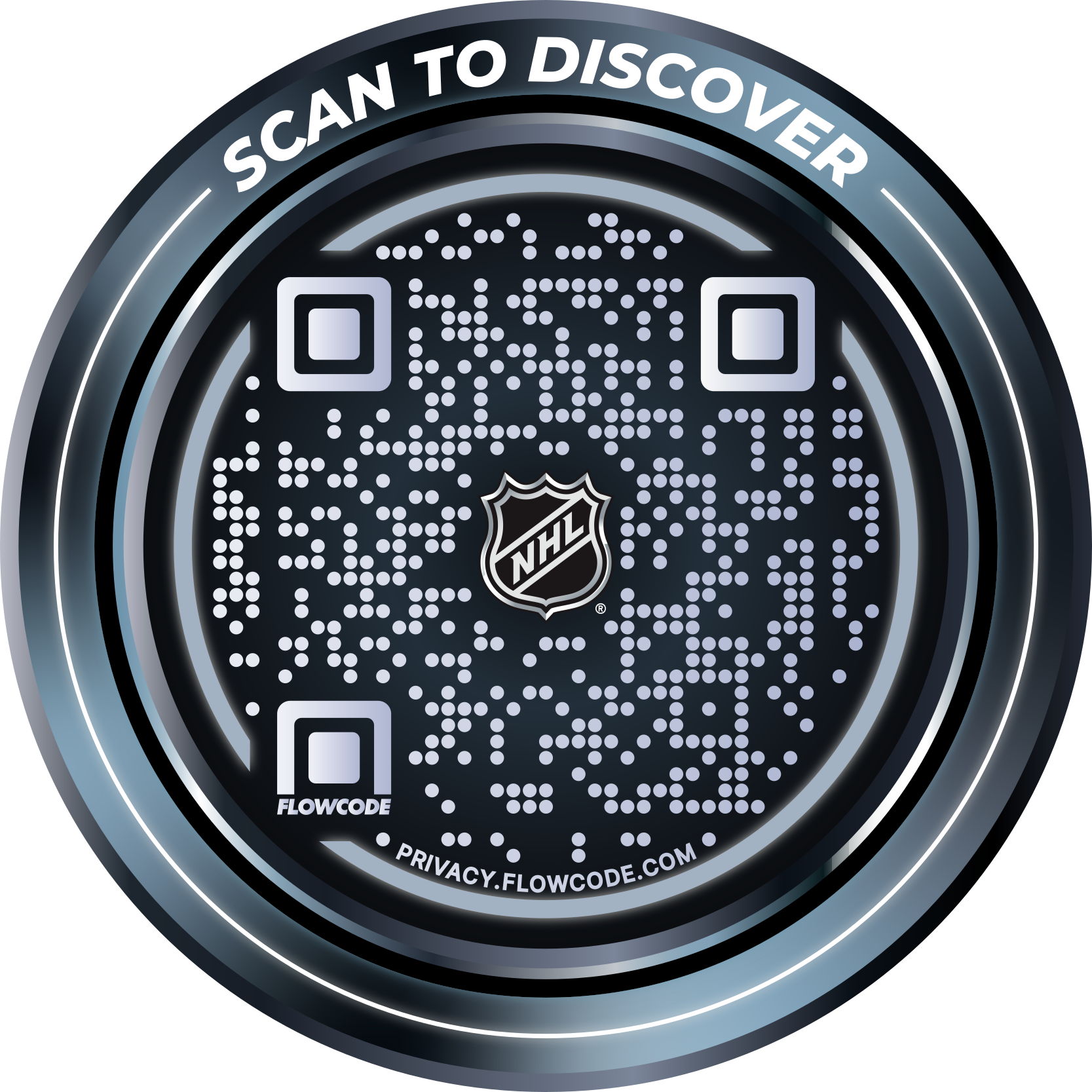
.png)
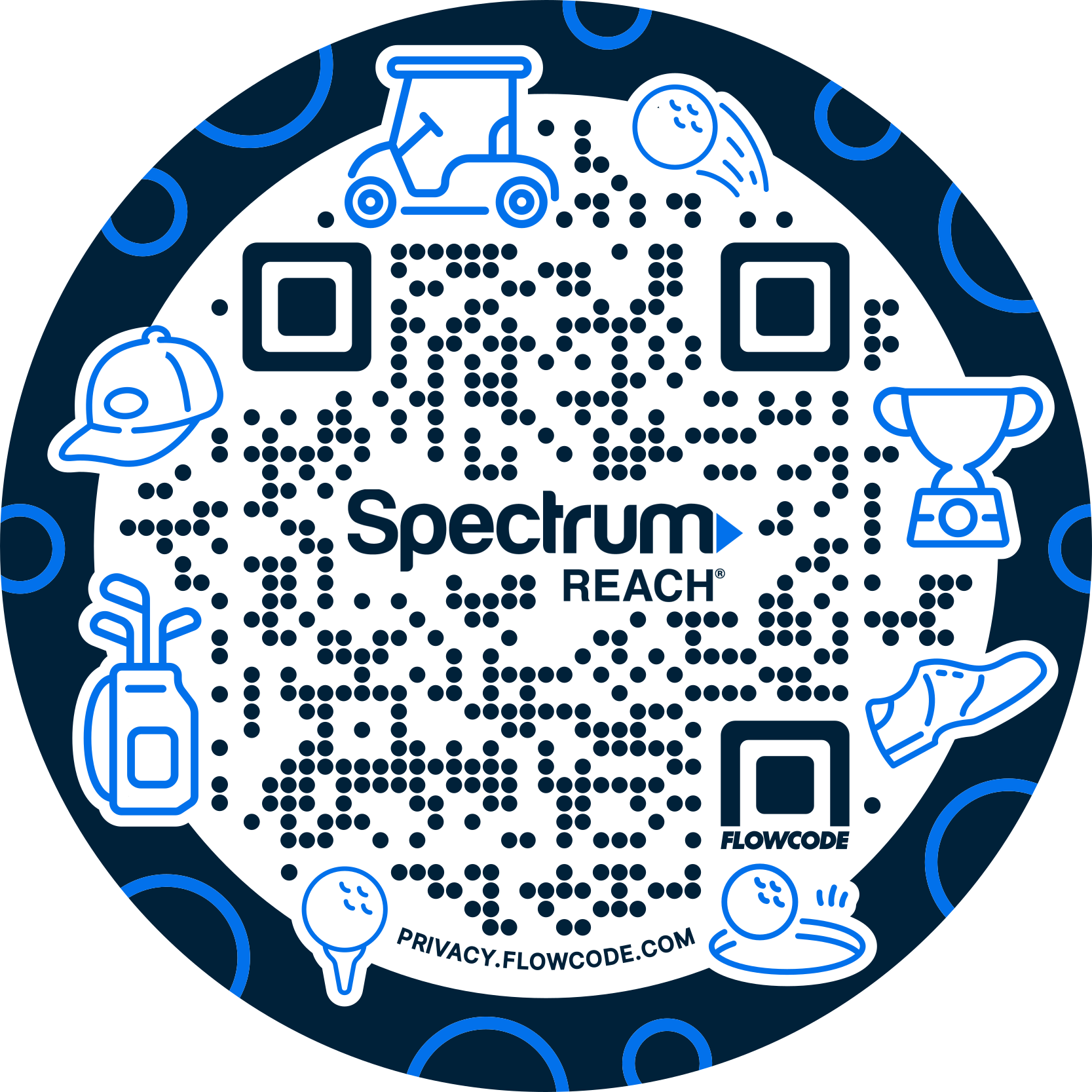


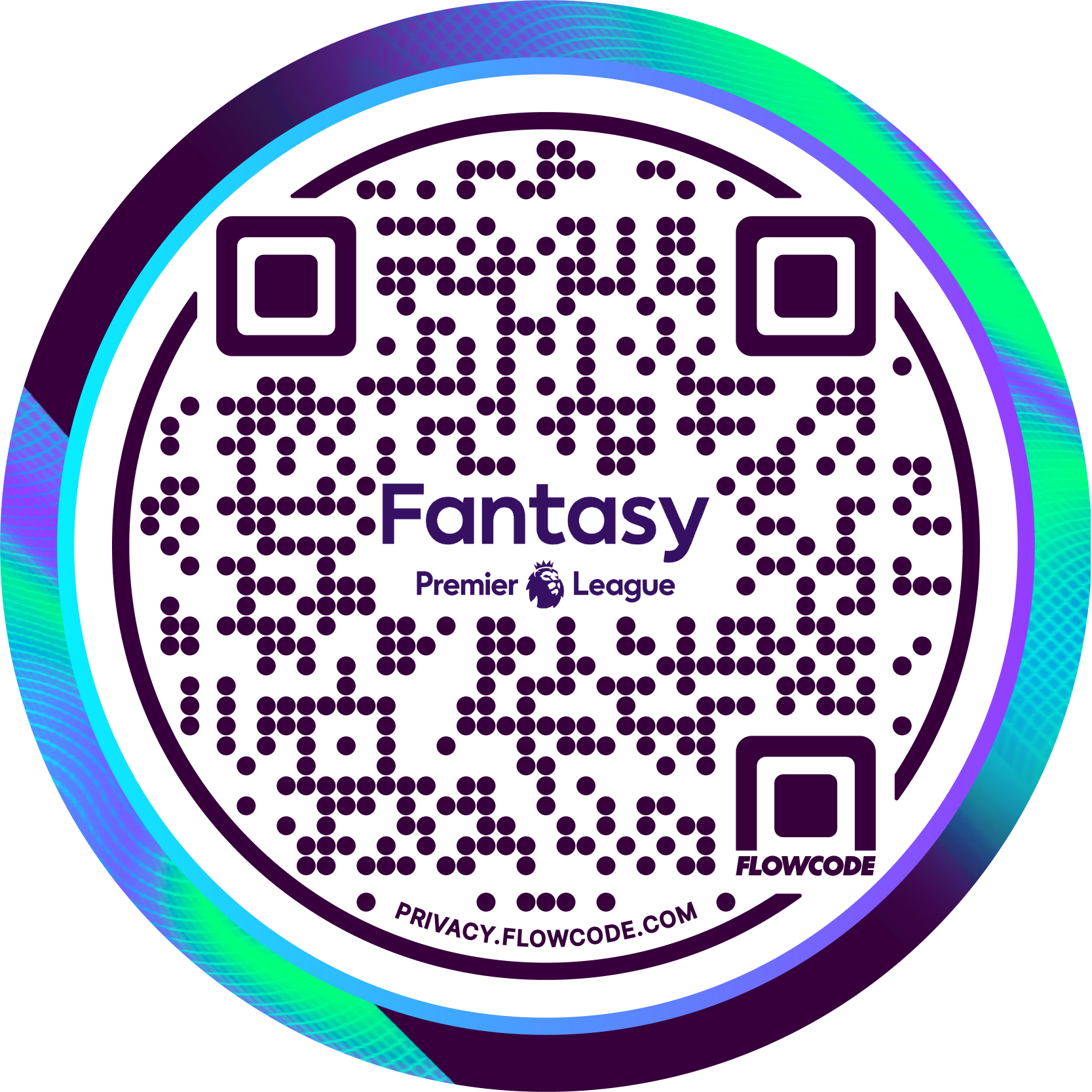
.png)
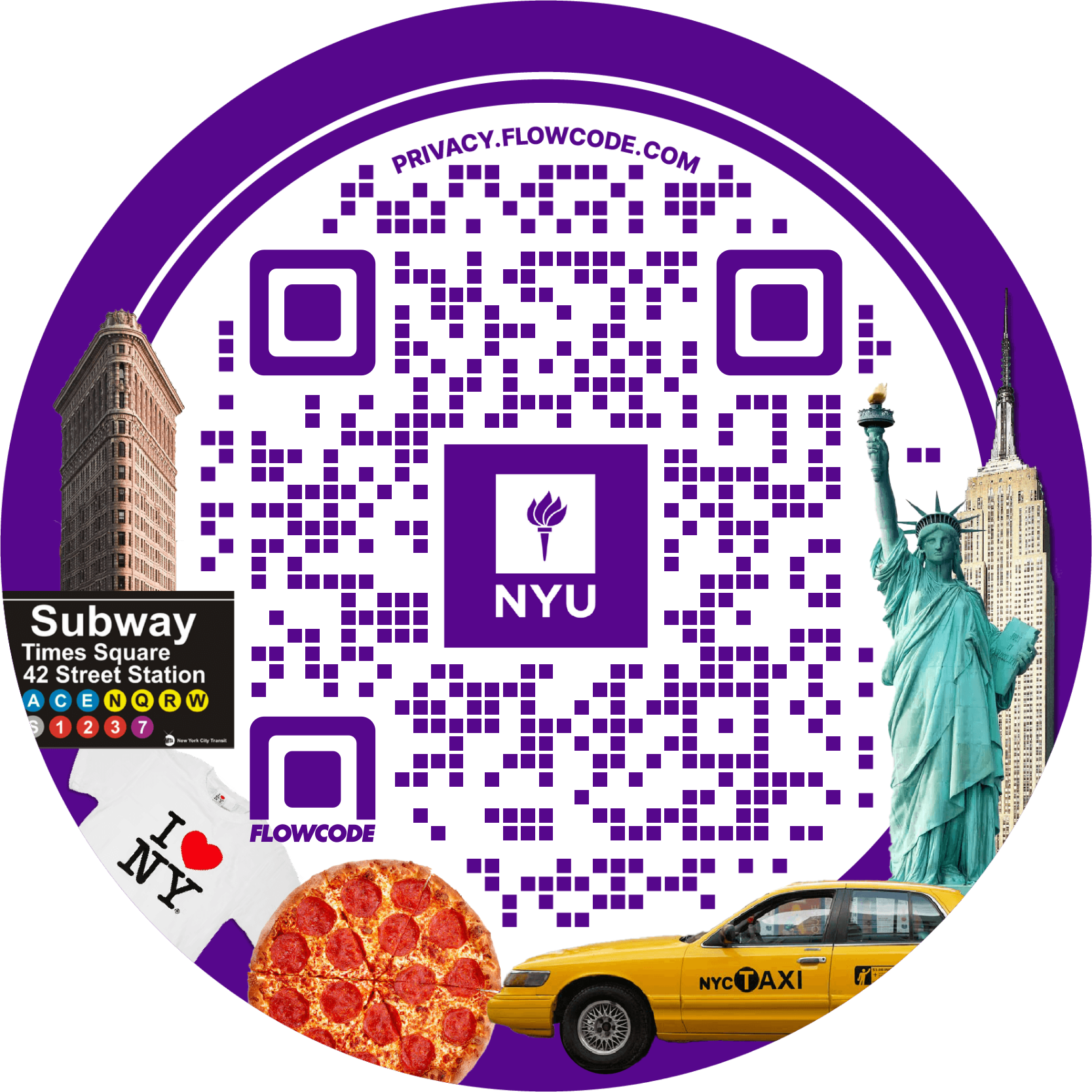
.png)
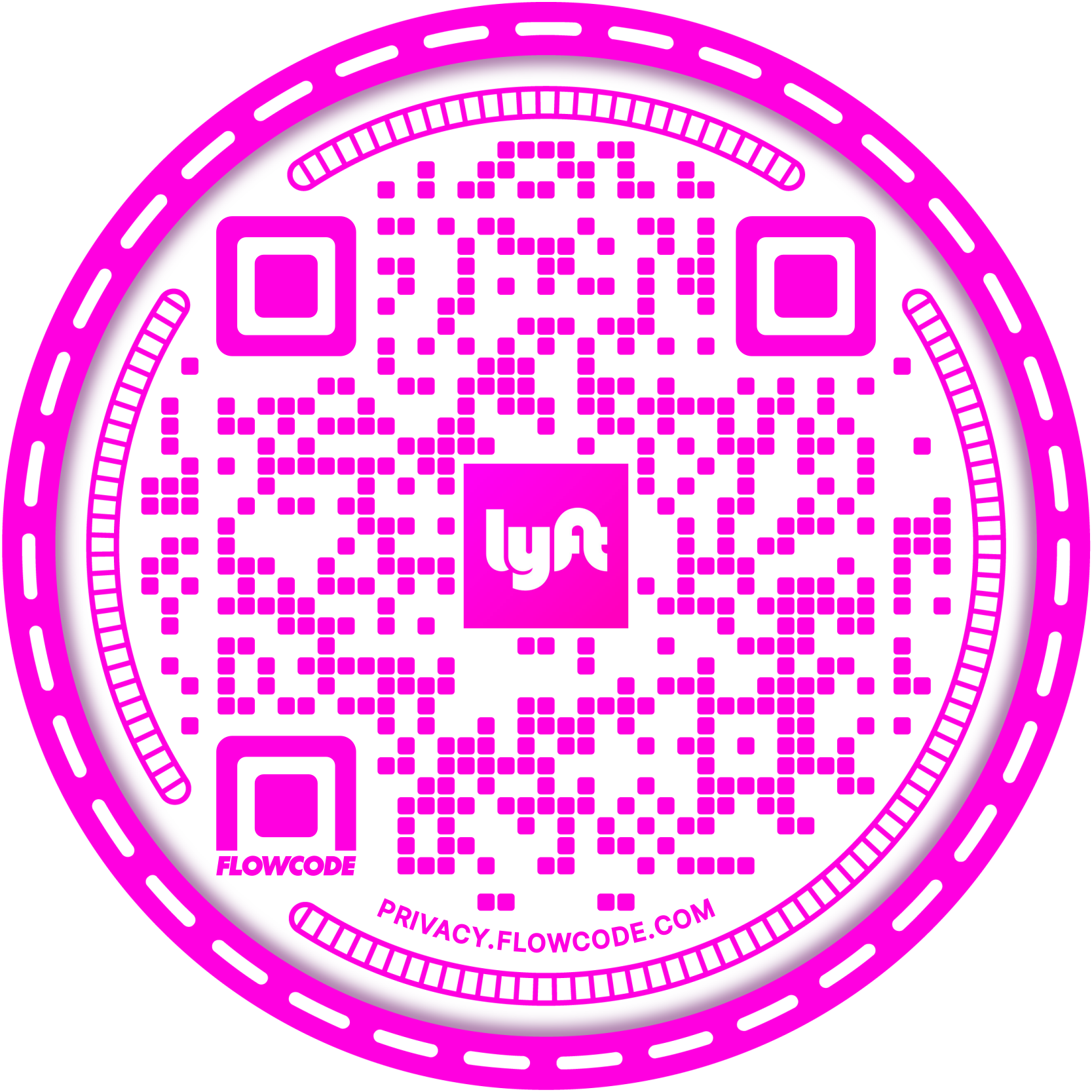
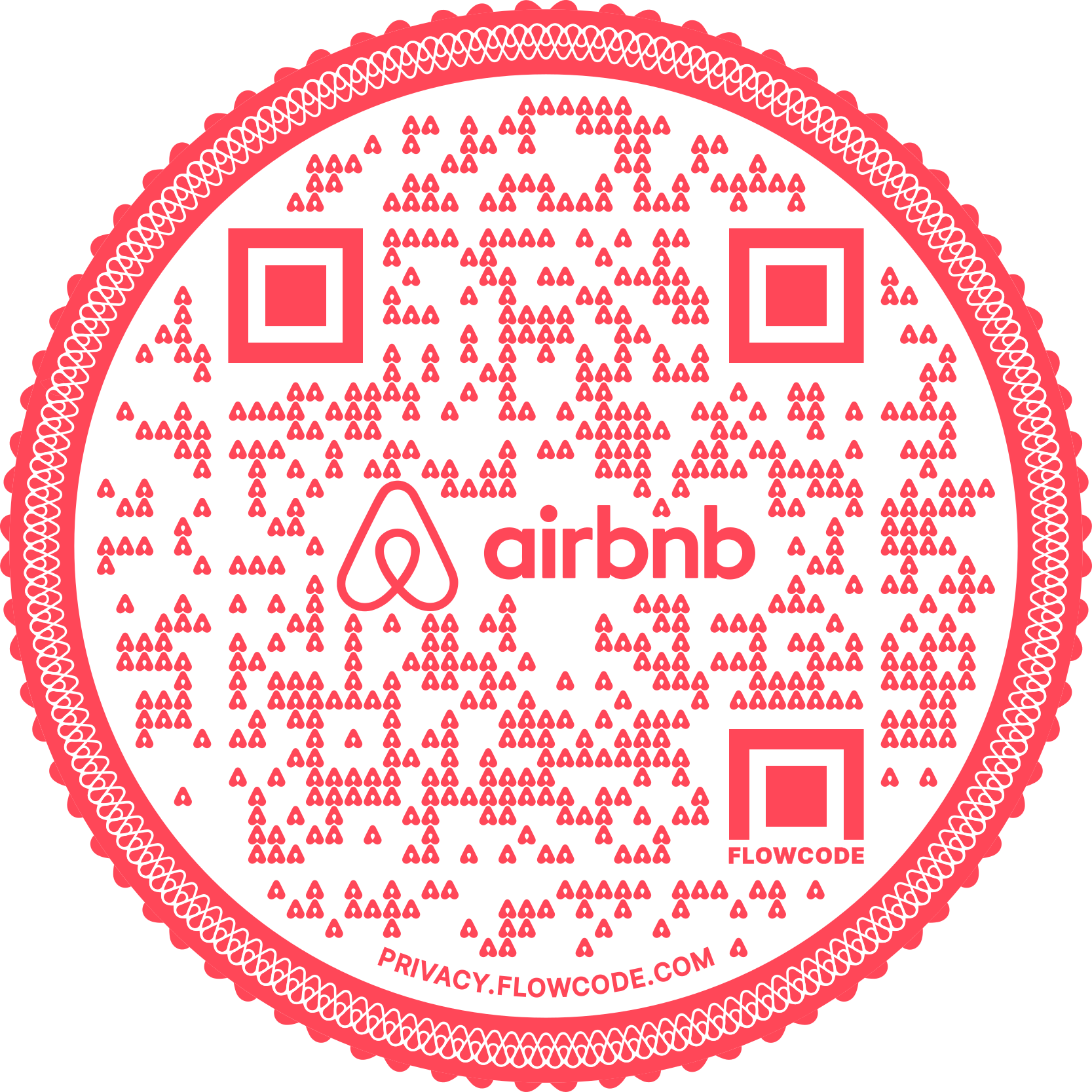
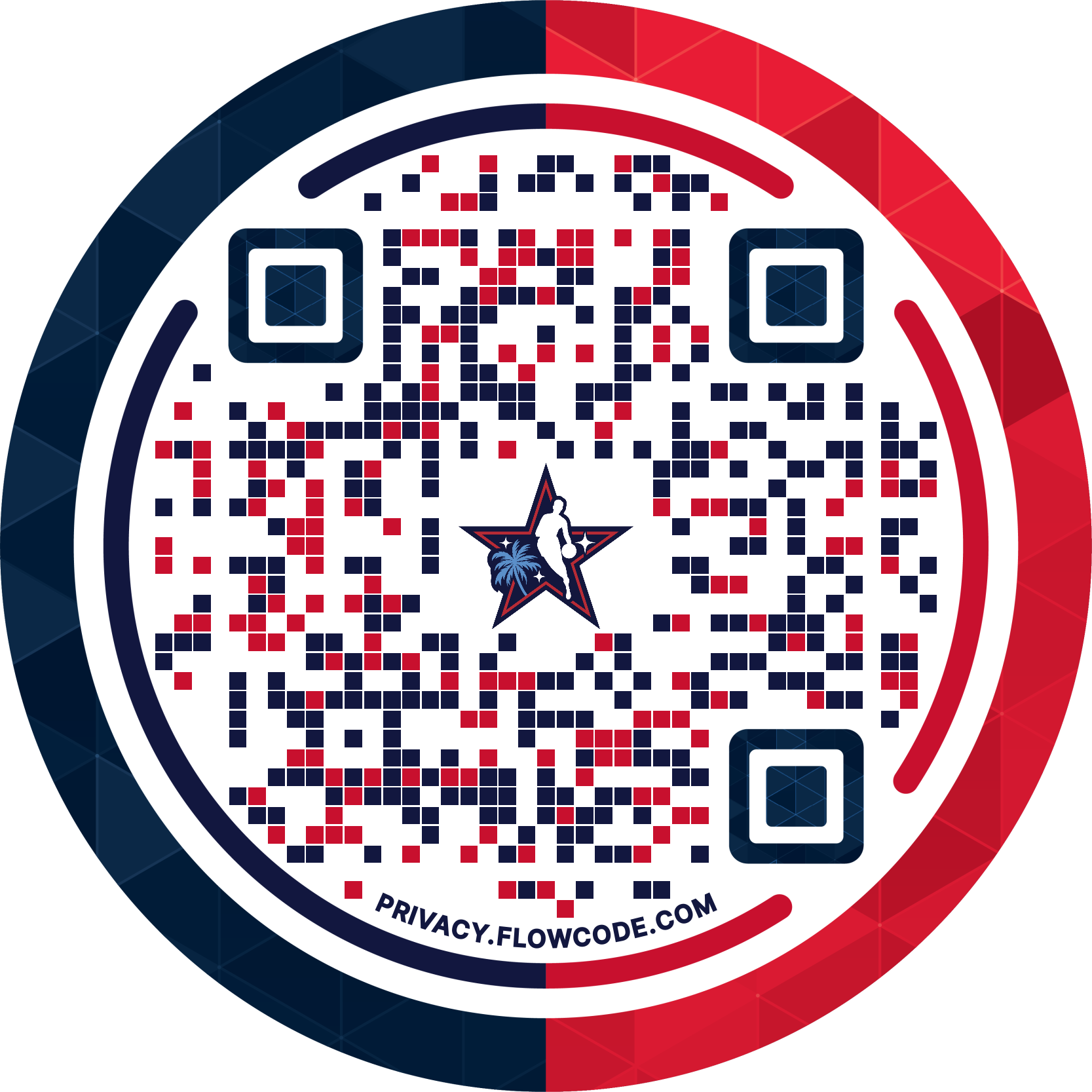
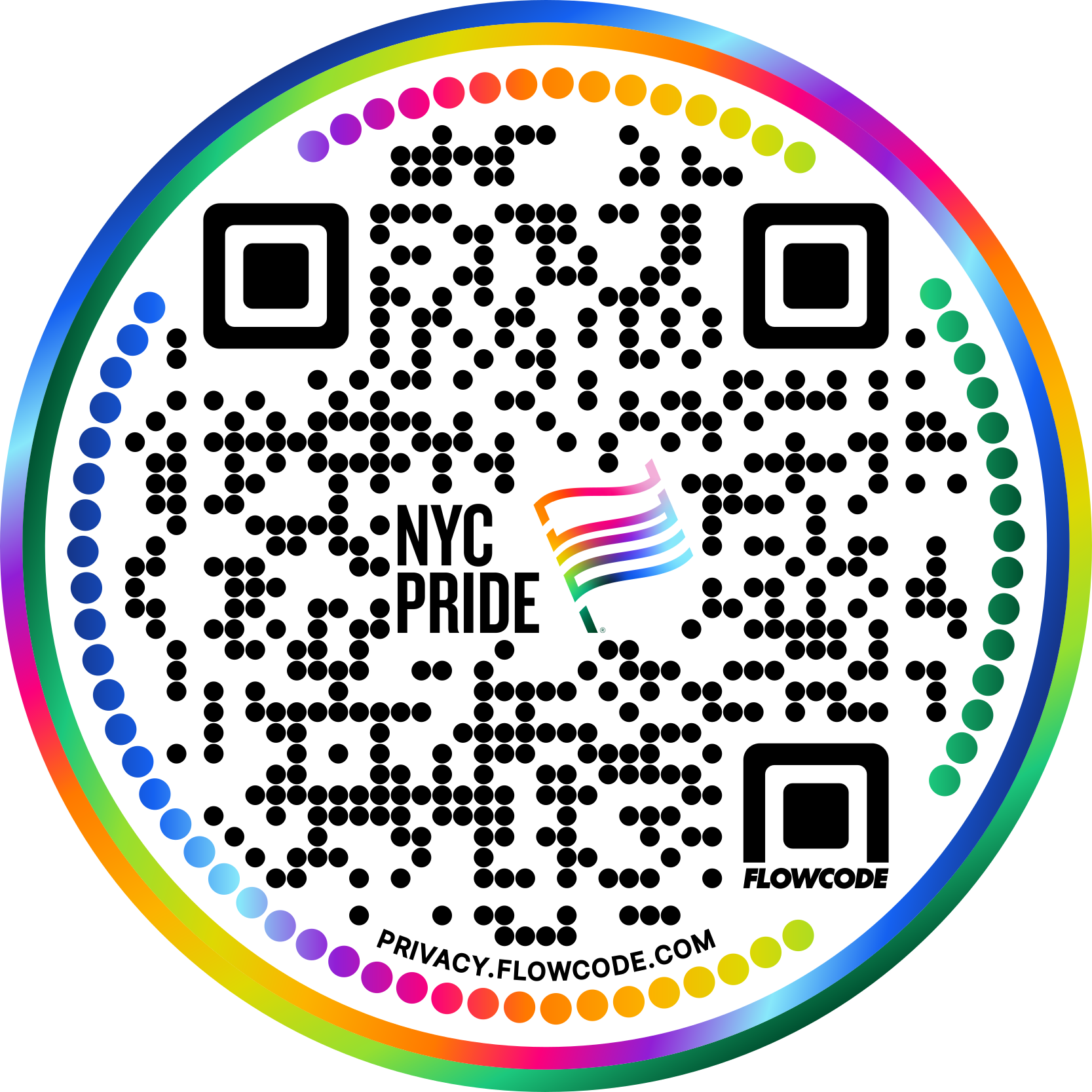


.png)


.png)
.png)
.png)

.png)

%20copy%203.png)






.png)


